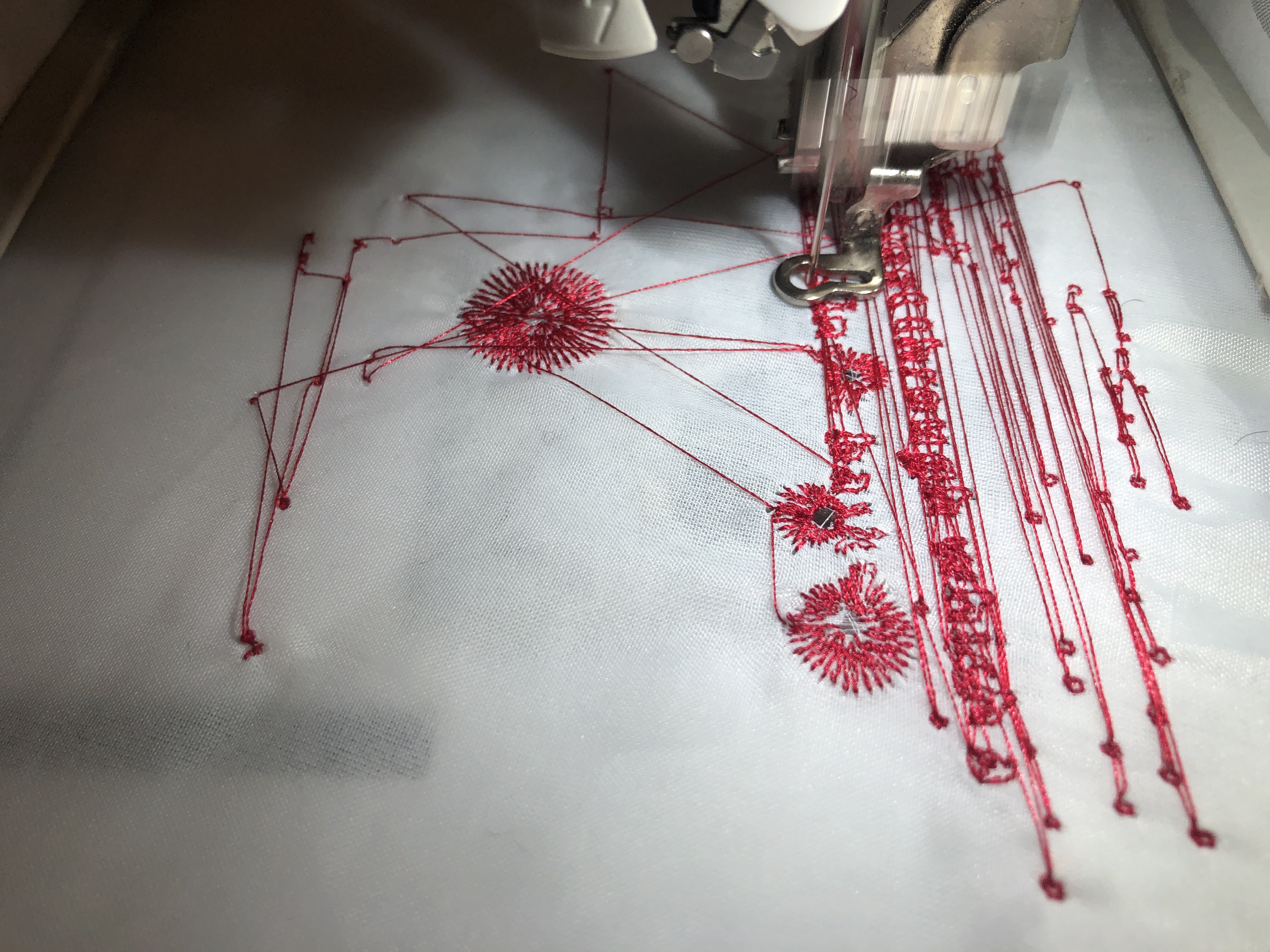Sensing Bodies
Contributor
Fashion
Architecture, like fashion, performs as an extended skin for the body through materiality. In an era where the status of public space is called into question, how can this skin be refashioned to operate as both a screen and a monument in order to address issues of identity and expression in public space?
Historically, there is a significant relationship between textile methodologies and self-expression. One of many examples is the use of embroidery by the female inmates of psychiatric institutions in the 19th century. As Tristan Weddigen writes,
“These techniques allowed them to express their individuality in an anonymous environment in which they were usually not encouraged to comment upon their circumstances. Needlework was a convention but was still somehow a subversive way to reconstitute their identity, which had been undermined by committal, the complete loss of their civil rights, and daily life at the asylum.” 1
Here, embroidery was used as a therapeutic act which extended the body in space through a ‘screen’ that physically graphed identity through memory.
In the context of posthuman public space, what would the process of becoming a screen look like? In the words of Rosi Braidotti, “The posthuman is not only a mode of critical thought, but also a mood of affective belonging…emotions usually held as opposites: nostalgia with the passion for Utopian vision.”2 Here, the language of textiles and architecture offer a productive framework. Both exist as fragments to be assembled and disassembled and document the relationship of time and memory through the process of creation. This project, Sensing Bodies, looks at expressions of identity as they intersect with clothing, poetry, and the body as a cyborg. The experiment takes data from EEG sensors and graphs the data of the brain onto ‘the fabric of the visual,’ physically registering the body’s construction of the self onto the materiality of the second skin. As a digitally embroidered surface, Sensing Bodies begs the question: can architecture perform as a means to communicate identity in public space through the language of pattern making?
